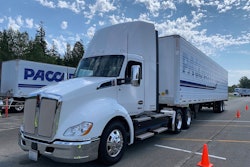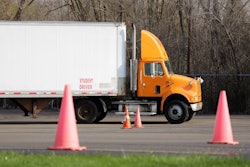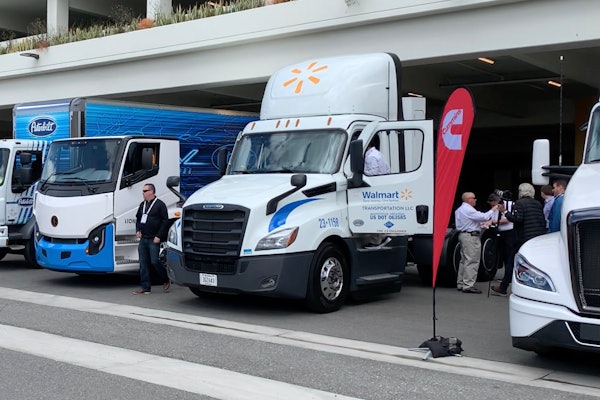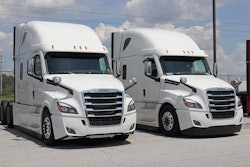Diesel truck emissions have been a hot-button issue for decades, but with three regulations floated in less than four months it's hit a white-hot nuclear-level of heat.
The U.S. Environmental Protection Agency (EPA) in December updated emission standards for heavy-duty commercial vehicles for the 2027 model year, tightening tailpipe NOx limits to a level 80%-plus below the current standard and reducing the particulate matter limit by 50%. The agency also will require that OEMs extend warranties to 450,000 miles from 100,000 and useful life limits to 650,000 miles from 435,000 miles.
The Biden administration last month cleared the way for California to require that half of all heavy trucks sold in the state be fully electric by 2035 – the first such mandate in the world.
The White House on Wednesday, as part of EPA's Greenhouse Gas (GHG) Phase 3 plan, directed the EPA to seek a technology-neutral approach that by 2032 could electrify 67% of new light-duty cars and trucks as well as electrifying 50% of vocational vehicles like buses and waste haulers; 35% of new short-haul regional tractors; and 25% of new long-haul trucks.
While these rules mostly impact manufactures of vehicles, they will affect trucking fleets by proxy since truck and engine manufactures will be required to hit minimum sales thresholds of zero emission equipment.
"The Phase 3 standards must take into account the complex challenges and operating conditions facing motor carriers as we manage the transition to a zero-emission future while simultaneously moving more than 72% of the economy’s freight," said American Trucking Associations President and CEO Chris Spear.
Owner-Operator Independent Drivers Association (OOIDA) President Todd Spencer called the measures a "Biden-Harris EPA [ongoing].... regulatory blitz on small-business truckers," noting Wednesday's proposal comes hot on the heels of NOx emissions rulemaking finalized in December and California's waiver mandating sales of electric trucks.










